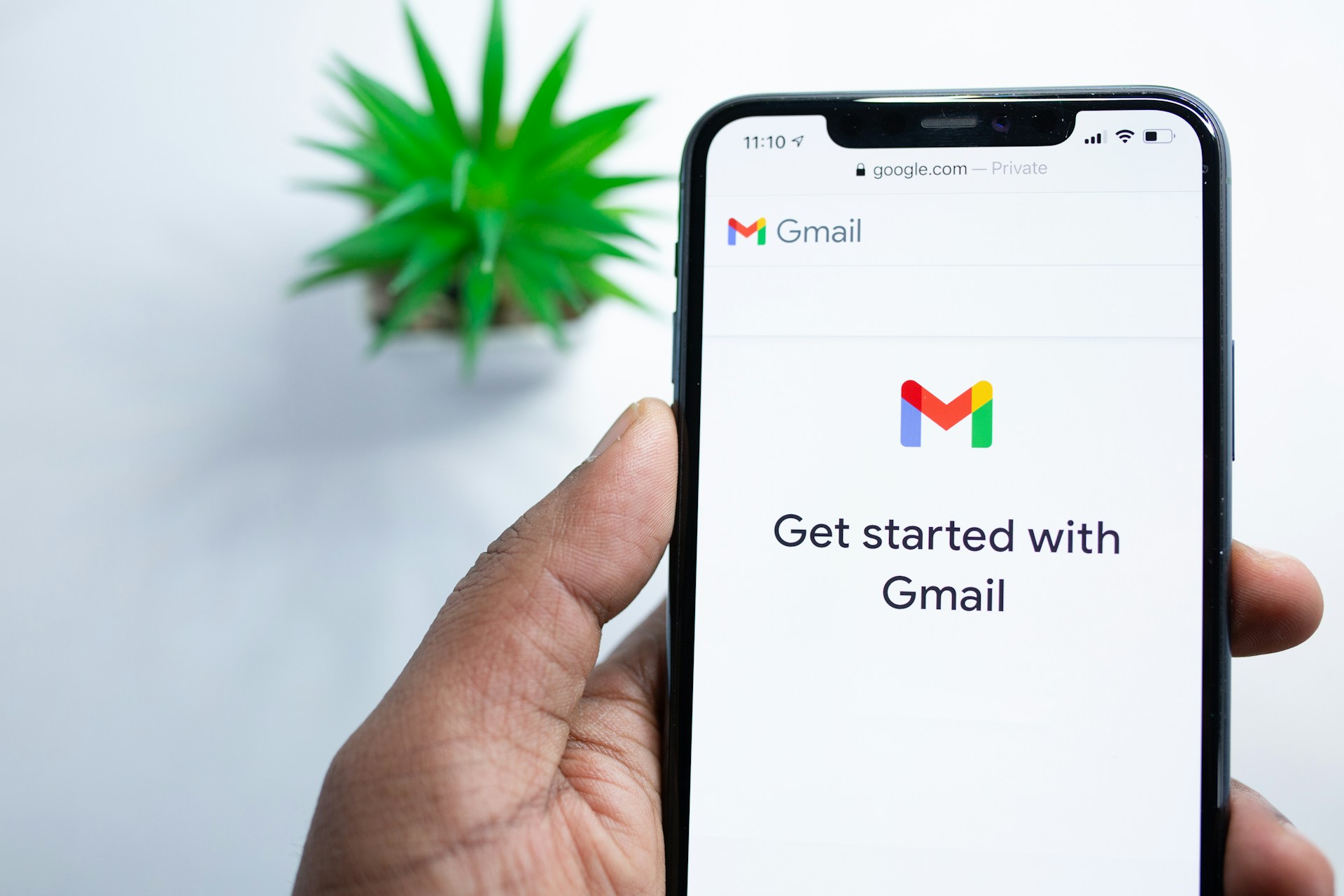Introduction
Finding “the right paper” isn’t the hard part anymore—filtering, digesting, and citing it is. Pair Google Scholar with ChatGPT and you’ll go from 20 open tabs to a clean reading queue, from dense abstracts to a one‑page brief, and from copy‑pasted references to reliable citations. This article gives you a repeatable workflow: search precisely, shortlist fast, read with intent, and synthesize without plagiarizing. You’ll learn how to use Scholar’s filters and alerts, how to feed ChatGPT your notes (not entire paywalled PDFs), how to ask for structured summaries, and how to export citation data so your references stay clean. The goal isn’t to outsource thinking; it’s to spend less time wrestling with formats and more time understanding ideas. Use the steps below as a loop you can run for any topic in an afternoon.
Why Scholar + ChatGPT works
-
Scholar is superb at surfacing peer‑reviewed work, preprints, and citation networks.
-
ChatGPT is great at compressing notes, comparing studies, and proposing structures for your review.
-
Together they reduce noise and increase signal—without skipping verification.
Set up in 10 minutes
-
Scholar profile & alerts: Create/refresh your profile; set topic alerts so new papers land in your inbox.
-
Library labels: Save promising papers to a Scholar “Library” and label by theme (Methods, Results, Critiques).
-
Access options: Install your institution’s library links or open‑access buttons to find PDFs legally.
-
Note‑taking template: Keep a single doc with fields: Question, Method, Data, Findings, Limits, Quote, Citation.
-
ChatGPT workspace: Use one chat per topic and start with your question and context so outputs remain on‑brief.
A 9‑step research loop
1) Frame the question (2 minutes). Write a one‑line research question and 3–5 keywords (including synonyms).
2) Precision search (5 minutes). In Scholar, combine terms with quotes/AND/OR and filter by year to limit scope. Scan titles + right‑hand snippets; open only what matches.
3) First pass triage (10 minutes). Read the abstract + conclusion. Save to Library if relevant; label immediately.
4) Snowballing (10 minutes). Click “Cited by” on the best paper; filter by year; scan for replications, meta‑analyses, or critiques.
5) Extract notes (per paper, 6–8 minutes). In your template, fill Method/Data/Findings/Limits and copy one short quote (with page).
6) Summarize with ChatGPT (per paper, 2 minutes). Paste your notes (not the full paper) and ask:
“Condense into 5 bullets (question, method, sample, main finding, limitation). Keep citations as (Author, Year).”
7) Compare studies (15 minutes). Give ChatGPT the bullets from 3–6 papers and ask for a comparison table (columns: Author/Year, Method, Sample, Key Finding, Limit).
8) Draft a synthesis (10 minutes). Ask:
“Draft a 150‑word synthesis of where the studies agree/disagree and a 3‑item ‘What we still don’t know’ list.”
9) Verify & cite (ongoing). Open each paper’s PDF where available; confirm quotes and numbers; export BibTeX/APA from Scholar for your reference manager.
Prompt kit (copy/paste)
-
Abstract distiller: “Summarize this abstract in 3 bullets (question, method, finding).”
-
Method focus: “Extract design (RCT/observational), sample size, measures, statistical tests.”
-
Limitations lens: “List 3 limitations, including any threats to validity or generalizability.”
-
Compare & contrast: “Compare these studies and surface consensus vs controversy.”
-
Write a gap statement: “Based on these findings, propose 2 research gaps worth exploring next.”
Citing smarter (without tears)
-
Prefer DOIs and author‑date formats (APA/Harvard) or journal‑specific styles.
-
Export from Scholar, then sanitize in your reference manager (fix capitalization, page ranges).
-
When quoting, include page numbers. For paraphrases, keep author‑year but ensure the rewrite is genuinely yours.
-
Maintain a “quotes” section with exact text and page so you never mis‑attribute.
Integrity and responsible use
-
Don’t ask AI to fabricate citations or “hallucinate” sources.
-
Never paste full paywalled PDFs you don’t own. Use your notes or OA versions.
-
Mark AI‑assisted text in your draft and rewrite every sentence to match your voice.
-
If your field or journal has AI‑use disclosures, follow them.
Troubleshooting
-
Too many results? Add a method keyword (“meta‑analysis”, “RCT”) or narrow the year range.
-
No access? Search the paper title + “preprint” or check author pages and institutional repositories.
-
Conflicting findings? Create a side‑by‑side table; look for sample or method differences.
Quick checklist
□ Research question + synonyms
□ Scholar alerts + labels
□ Notes captured in a single template
□ ChatGPT summaries from your notes
□ Citations exported and cleaned
□ Quotes page‑numbered
□ Gaps/next steps identified
Bottom line: Let Scholar find the right papers and ChatGPT compress the right notes—then do the human work of thinking, verifying, and writing.

